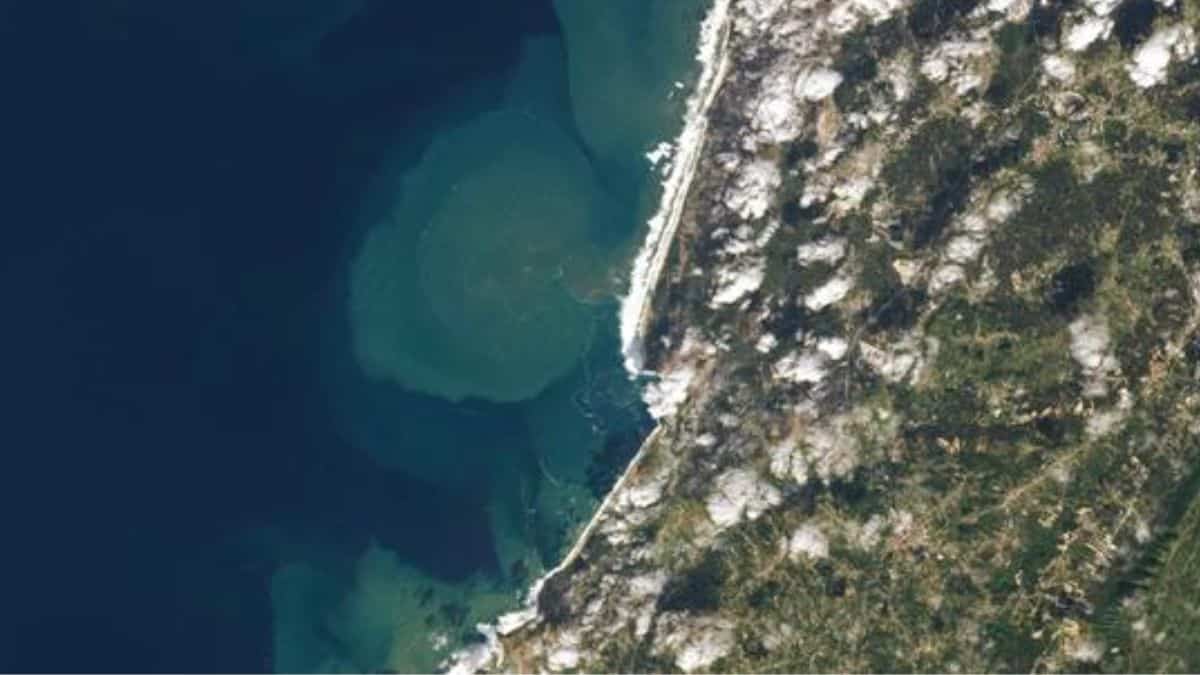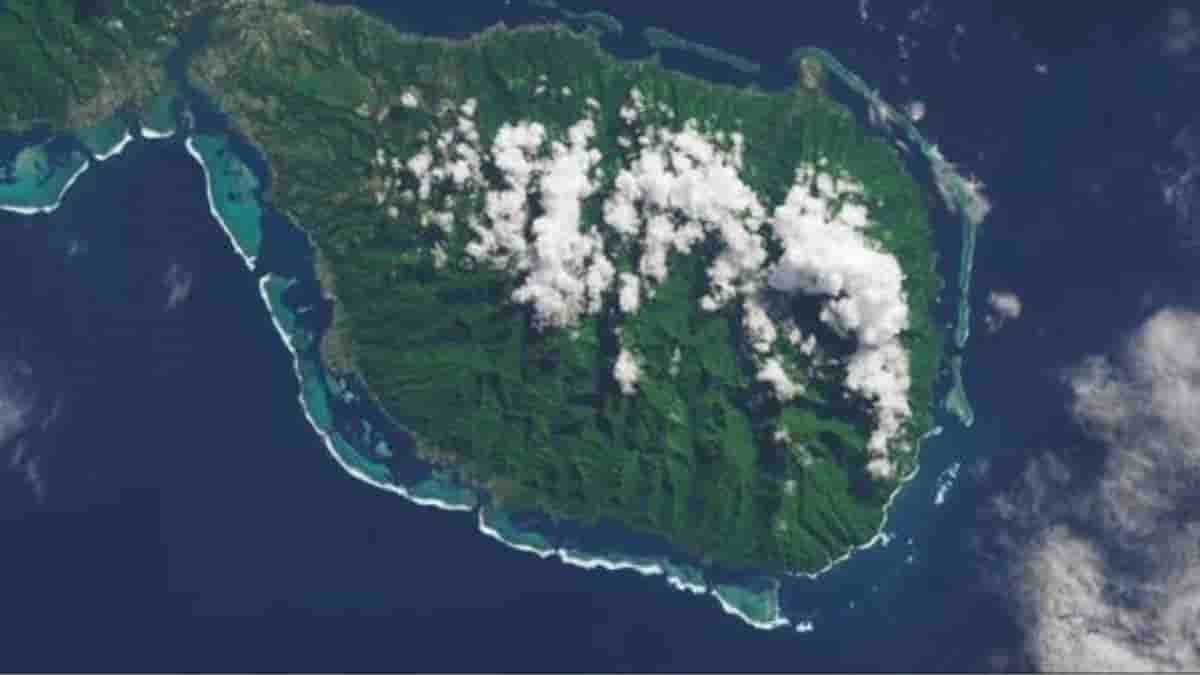See the images of Earth’s biggest waves revealed by NASA

The most “magnificent” waves on the planet, which are so large they can be seen from space, were captured by NASA in spectacular satellite photographs. In satellite photographs provided by the US space agency, the biggest waves on Earth were shown crashing into the Portuguese city of Nazaré while the fastest wave tore into Hawaii.
According to records, Tahiti had the world’s largest wave, but Peru had the longest wave. NASA called the waves “magnificent,” and they could be seen from space. “With the broad vision of satellites, we can see how these legendary waves develop into the world’s tallest, longest, fastest, and heaviest,” the video’s narrator said.

Hawaii
The Hawaiian island of Maui has “freight trains,” extraordinarily fast waves, all summer long due to storms. The Hawaiian wave in the video is reported to have been influenced by a category-4 cyclone by the name of Walaka. NASA claims that the reason why the waves move so quickly over this section of Maui is the seafloor’s abrupt transition from deep to shallow water.
Tahiti
According to NASA, Tahiti’s remoteness contributes to the island’s strong surf. On their trip to the southern shore, storm surges that begin thousands of kilometers away frequently pass over the South Pacific unimpeded. These southwesterly swells travel across a huge, open ocean before striking the incredibly narrow reef off Teahupo’o with their energy.
Portugal
At Nazaré in Portugal, waves of international fame can accumulate from faraway storms. However, storms cannot fully explain the size of the waves in Nazaré. The waves are amplified and concentrated by a long underwater tunnel that leads to Nazaré Bay.
Peru
According to NASA, the land’s configuration in Peru has an impact on the size of the waves at Chicama. “Waves coming in from the open Pacific roll nearly parallel to this part of Peru’s coastline,” the movie’s narrator said. They start to roll up when they reach a cape that sticks out into the Pacific. They eventually break at four points along the coastline after that.
When conditions are right, surfers can ride the waves in Chicama for many minutes at a time. “All of these iconic waves are shaped by the specific qualities of our oceans and coasts,” the organization claims.
There are many more coastlines with well-known waves for surfers. Given the size of Earth, there are undoubtedly a few more to be discovered.


